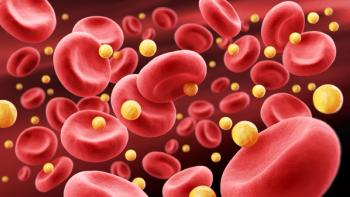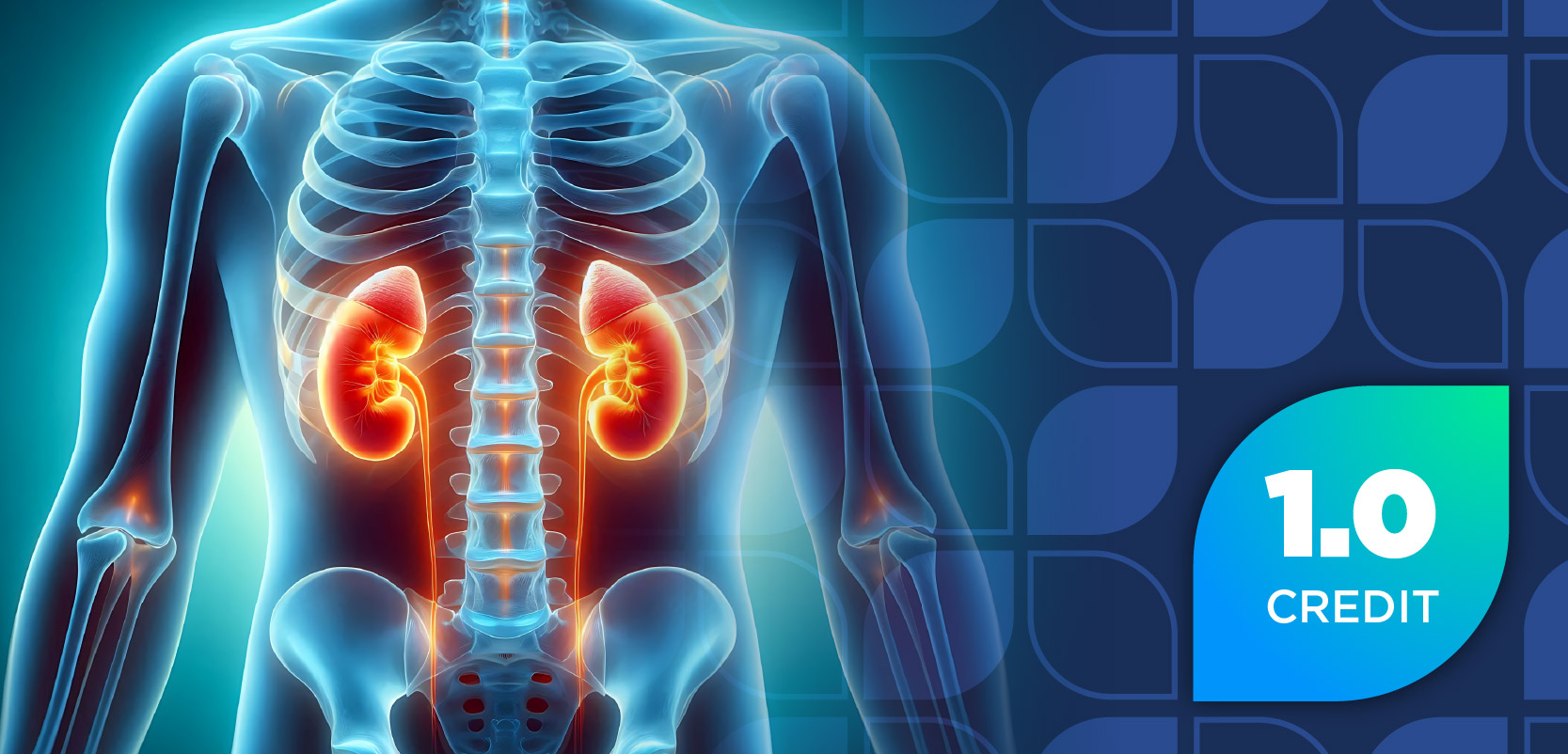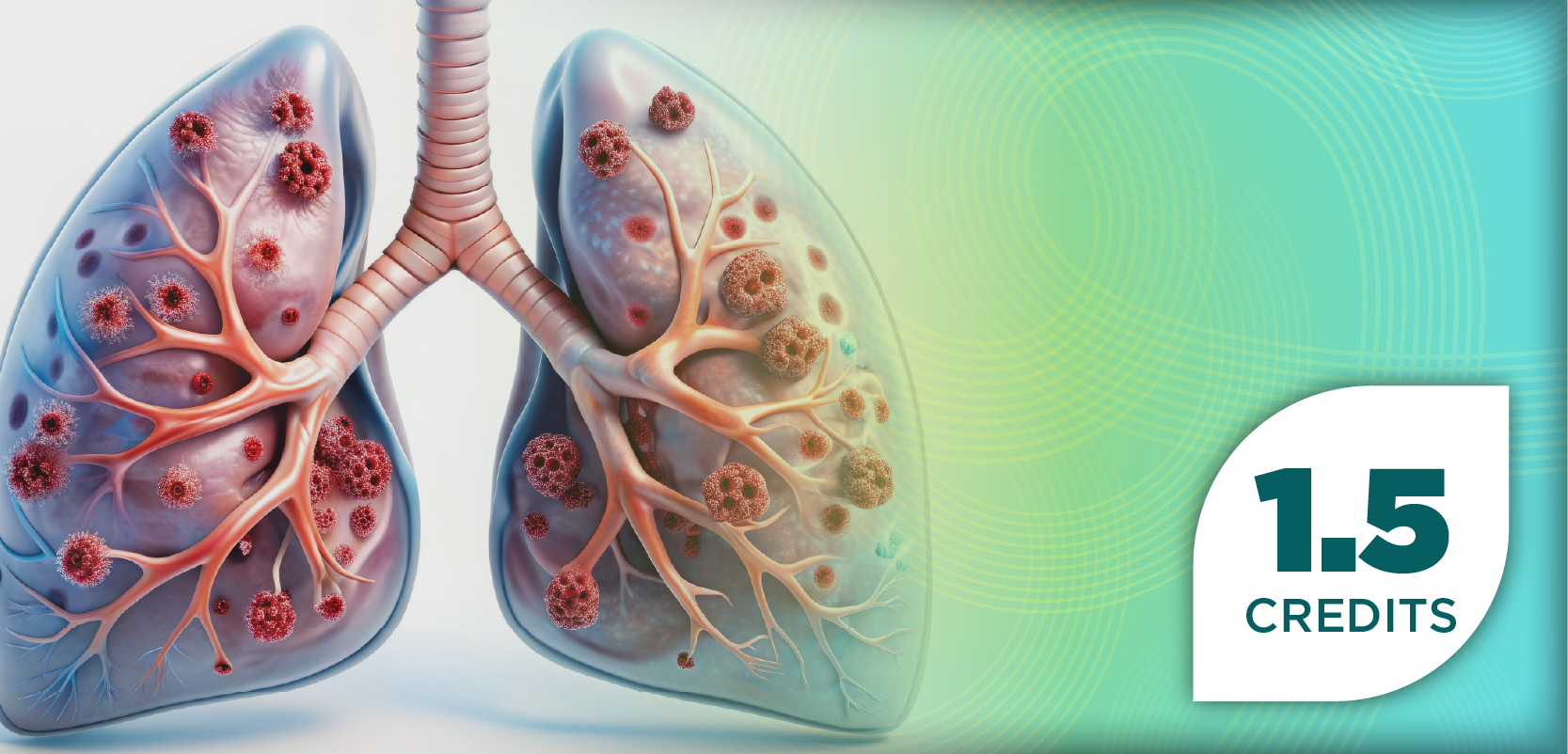
Remnant Cholesterol, Independent of LDL-C, Serves as Predictor of MASLD
Key Takeaways
- High baseline RC levels are independently associated with MASLD development, regardless of LDL-C levels, indicating RC's potential as a predictive marker.
- A longitudinal study with 43,065 participants confirmed the association between RC levels and MASLD risk, with RC variability being a significant risk factor.
High levels of remnant cholesterol were associated with increased risk of developing metabolic dysfunction-associated steatotic liver disease (MASLD) independent of low-density lipoprotein cholesterol (LDL-C).
High baseline levels of remnant cholesterol (RC) were found to be independently associated with the development of metabolic dysfunction-associated steatotic liver disease (MASLD), irrespective of low-density lipoprotein cholesterol (LDL-C) levels, indicating the ability of RC to serve as a predictive marker for identifying individuals at higher risk of MASLD. These conclusions were garnered by investigators and are based on the results of a longitudinal cohort study published in Scientific Reports.1
Potential for RC to Inform Treatment Strategies in MASLD
RC has emerged as a novel biomarker distinct from conventional blood-lipid indicators to indicate the risk of certain cardiovascular conditions. Research has indicated its usefulness in a series of contexts, most prominently in connecting high levels of RC to the development of chronic kidney disease, stroke, myocardial infarction, and major adverse cardiovascular events. With these insights in tow, it is unsurprising that the current investigators sought to evaluate the role of RC in the realm of MASLD.1-3
MASLD and its complications present a major public health burden, with investigators expecting future escalations of the crisis. Dyslipidemia is a major feature in the presentation of MASLD, and the well-established connection between MASLD and cardiovascular complications presents an intriguing research avenue, especially when considering the relationship between RC levels and the development of MASLD.1,4
The current investigation sought to address limitations present in the current understanding of MASLD and cardiovascular disease by examining the association between MASLD onset and RC variability. Utilizing a cohort of health check-up patients from a longitudinal study conducted from 2014 to 2023, the authors conducted a joint analysis of RC and LDL-C levels within the population to elucidate the independence of RC-associated risk from LDL-C levels.1
Longitudinal Study Confirms Association Between High RC and MASLD Risk
In total, 43,065 participants were included in the trial. Over a mean follow-up period of about 3.19 years, 8374 patients (19.4%) were recorded as experiencing incident MASLD. According to a Kaplan-Meier plot, as RC levels increased, the cumulative survival rate of MASLD decreased. This association was observed across both varying body mass indexes and age subgroups, according to the investigators.1
Furthermore, there was a positive correlation between RC and MASLD in the male subgroup, whereas no significant correlations were found in the female subgroup (male: HR, 1.413; 95% CI, 1.293-1.544; P < .001; female: HR, 1.116; 95% CI, 0.997-1.250; P = .057). A visit-to-visit variability analysis was conducted on 43,065 participants, which revealed significant associations between this variability in RC levels and an increased risk of MASLD in the fully adjusted model. Notably, for every 1-standard deviation increase in RC, the risk of developing MASLD is heightened by 5%.1
The investigators also aimed to determine the independent association of remnant cholesterol with MASLD risk beyond accounting for LDL-C. According to their calculations, an RC level of 0.8 mmol/L identified an individual at heightened risk of MASLD, irrespective of their LDL-C levels. Confirming their observations, higher baseline RC concentrations were associated with increased MASLD risk, regardless of whether the patient had low or high LDL-C.1
Implications for Providers
In this trial, the variability of RC levels throughout follow-up was considered, an aspect previously identified as a robust predictor of cardiovascular disease outcomes. Results confirmed that RC variability is a major risk factor for incident MASLD, with indications that a more stable RC level is more critical than fluctuating RC. It remains critical for pharmacists to consistently monitor patients and their cholesterol levels to determine their risk of developing MASLD.1,5
Clinical implications from these data are immense. The longitudinal relationship between RC variability and MASLD in the general population identified by the authors could offer treatment providers new insights into the drivers of underlying MASLD. Most importantly, providers can have confidence that RC levels are a solid estimate of MASLD risk and should in turn recommend interventions to reduce these levels, such as statin prescribing.1
“As a noninvasive and cost-effective blood lipid marker, RC has significant potential for widespread application, offering a new approach for the prevention and management of MASLD,” the study authors wrote in their conclusion. “This finding complements traditional lipid markers, providing new insights and a new direction for MASLD control strategies.”1
REFERENCES
1. Sun Y, Miao X, Hu M, et al. Remnant cholesterol and its variability independent of low density lipoprotein cholesterol predict metabolic dysfunction associated steatotic liver disease. Sci Rep. 2025;15:4455. doi:10.1038/s41598-025-88000-9
2. Halpern L. Remnant cholesterol directly associated with higher risk of chronic kidney disease development. Pharmacy Times. Published June 19, 2025. Accessed July 22, 2025. https://www.pharmacytimes.com/view/remnant-cholesterol-directly-associated-with-higher-risk-of-chronic-kidney-disease-development
3. Halpern L. Elevated remnant cholesterol, Lp-PLA2 linked to heightened risk of composite adverse events. Pharmacy Times. Published July 4, 2025. Accessed July 22, 2025. https://www.pharmacytimes.com/view/elevated-remnant-cholesterol-lp-pla2-linked-to-heightened-risk-of-composite-adverse-events
4. Kim SJ, Hyun J. Altered lipid metabolism as a predisposing factor for liver metastasis in MASLD. Molecules and Cells. 2024;47(2):100001. doi:10.1016/j.mocell.2024.100010
5. Fu L, Tai S, Sun J, et al. Remnant Cholesterol and Its Visit-to-Visit Variability Predict Cardiovascular Outcomes in Patients With Type 2 Diabetes: Findings From the ACCORD Cohort. Diabetes Care. 2022;45(9):2136-2143. doi:10.2337/dc21-2511
Newsletter
Stay informed on drug updates, treatment guidelines, and pharmacy practice trends—subscribe to Pharmacy Times for weekly clinical insights.


















































































































































































































